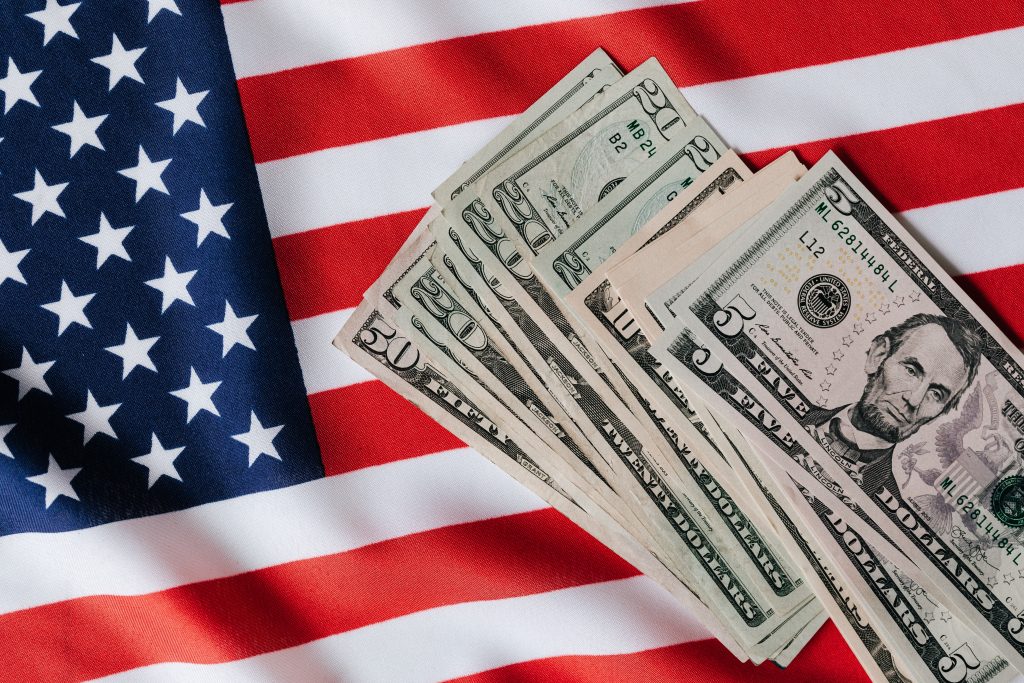What happens to student-loan borrowers who miss payments starting next month
Millions of individuals who carry student loans are on the brink of facing a new financial challenge as they grapple with the prospect of resuming their monthly loan payments, and for many, this might pose a significant financial burden.
Starting from October 1, borrowers will once again begin to receive their bills for federal student loan payments. This marked the end of the pandemic-induced payment pause, which officially concluded on September 1, subsequently allowing interest to accrue once more on the outstanding loan balances. After over three years of relief from loan payments, the time has come for borrowers to resume their financial obligations.
The bill aimed at raising the debt ceiling, which President Joe Biden signed into law at the end of June, effectively terminated the student loan payment pause. This legislative action has left no room for further extensions related to the COVID-19 pandemic by executive order. While it retains the possibility for a future president to implement a payment pause in response to a different national emergency, it signifies the impending conclusion of pandemic-related relief for federal borrowers, who now find themselves watching their loan balances increase once more.
Nevertheless, there are options available to borrowers who may find themselves unable to manage these upcoming payments or who have chosen not to do so. Here’s a guide to what borrowers should keep in mind, including the potential ramifications of missing a payment, beginning next month.


On-ramp period
The Education Department has introduced a temporary relief measure for borrowers facing financial difficulties in the upcoming month. Starting in October, they will implement a 12-month "on-ramp" period during which the department will refrain from reporting any missed payments to credit agencies.
However, there are a couple of important points to note: Interest will still continue to accrue during this period. As a result, borrowers who do not make any payments over the next year may see their loan balance increase due to the daily accumulation of interest on their principal. Additionally, it's essential to be aware that while the department commits to not actively reporting missed payments, it does not have direct control over credit-scoring agencies.
The guidance provided by the department states, "We do not dictate how credit scoring agencies incorporate missed or delayed payments into their assessments."
After the on-ramp
After the conclusion of the on-ramp period, the standard procedures regarding delinquency and default on student loans will be reinstated. When a borrower misses their payment, their loan is classified as delinquent, and it retains this status until the borrower clears the overdue amount or opts for deferment or forbearance. If the delinquency persists for more than 90 days, the loan servicer will report these late payments to a national credit bureau, potentially leading to a default.
The timeline for a loan to default hinges on the type of loan the borrower holds. Loans within the federal direct program or Federal Family Education Loan program can enter default if the borrower fails to make payments for at least 270 days. For loans within the Perkins Loan Program, default can be declared if a payment isn't made by the specified due date.
Defaulting on a loan can result in severe consequences. Borrowers in default lose the ability to request deferment or forbearance, their credit scores suffer, and their wages may be subject to garnishment. Furthermore, federal benefits such as Social Security can be withheld as a result of default.
Boycotting payments
According to a survey conducted by Intelligent, a higher-education research platform in August, it was revealed that among 1,000 federal borrowers, 62% of them expressed the intention to refrain from making loan payments. Furthermore, half of the respondents believed that this boycott could potentially result in complete loan forgiveness.
Nevertheless, the outlook for widespread debt relief remains uncertain. Following the Supreme Court's rejection of President Biden's initial relief plan, the Education Department is making a renewed effort using the Higher Education Act. However, this approach will be time-consuming due to the negotiated rulemaking process, which involves a series of negotiations and public input. It's worth noting that the Education Department has previously advised borrowers who are financially capable of making payments to do so in order to avoid potential consequences associated with missed payments in the future.
